Αρχαίο θέατρο Επιδαύρου
( Ancient Theatre of Epidaurus )The Ancient Theatre of Epidaurus is a theatre in the Greek city of Epidaurus, located on the southeast end of the sanctuary dedicated to the ancient Greek God of medicine, Asclepius. It is built on the west side of Cynortion Mountain, near modern Lygourio, and belongs to the Epidaurus Municipality. Constructed in late 4th century BC, it is considered to be the most perfect ancient Greek theatre with regard to acoustics and aesthetics. Because of its exceptional architecture and aesthetics, the theatre was inscribed on the UNESCO World Heritage List in 1988 along with the Temple of Asclepius.
According to Pausanias, the ancient theatre was constructed at the end of the 4th century BC, circa 340-300 BCE[1], [2] by the architect Polykleitos the Younger.[3] Pausanias praises the theatre for its symmetry and beauty.[4] At a maximum capacity of 13,000 to 14,000 spectators, the theatre hosted music, singing and dramatic games that were included in the worship of Asclepius. It was also used as a means to heal patients, since there was a belief that the observation of dramatic shows had positive effects on mental and physical health.
Today, the monument attracts a large number of Greek and foreign visitors and is used for the performance of ancient drama plays.[5] The first modern performance conducted at the theatre was Sophocles's tragedy Electra. It was played in 1938, directed by Dimitris Rontiris, starring Katina Paxinou and Eleni Papadaki.[6]
Performances stopped due to World War II. Theatrical performances, in the framework of the organized festival, began again in 1954. In 1955 they were established as an annual event for the presentation of ancient drama. The Epidaurus Festival continues today and is carried out during the summer months.
The theatre has been sporadically used to host major musical events. In the framework of the Epidaurus Festival, well-known Greek and foreign actors have appeared, including the Greek soprano Maria Callas, who performed Norma in 1960 and Médée in 1961.


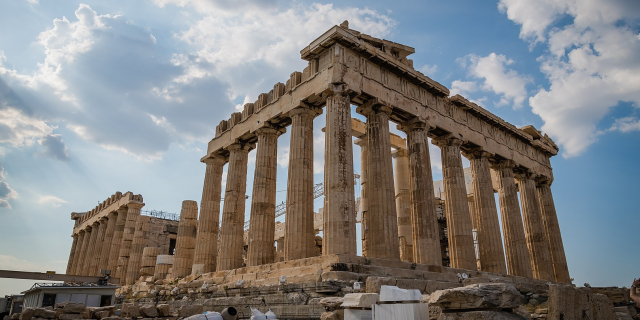
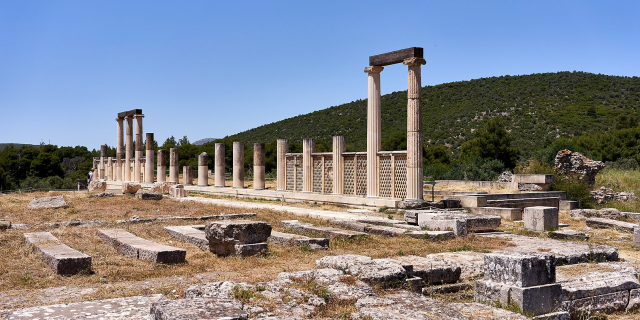

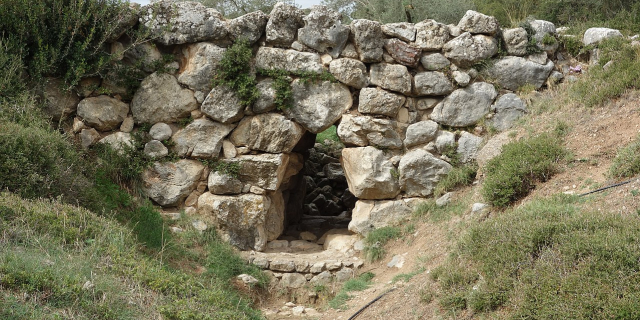







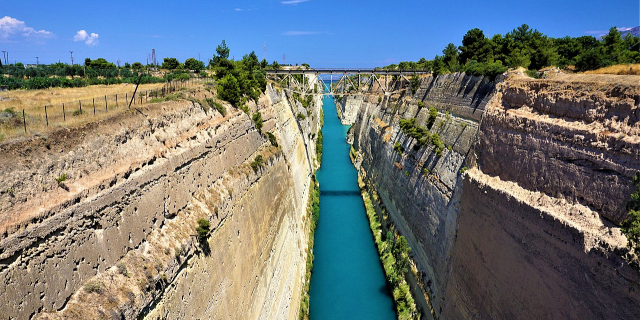




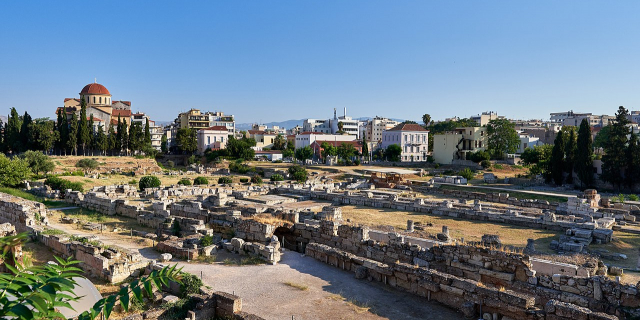


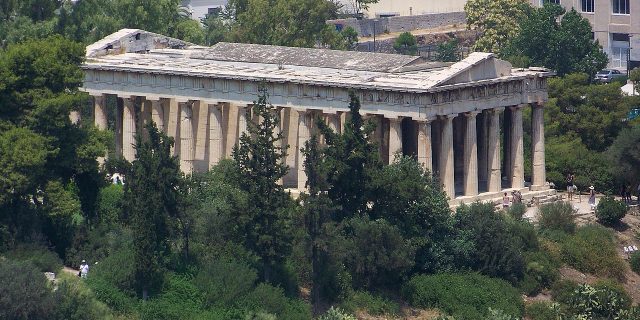

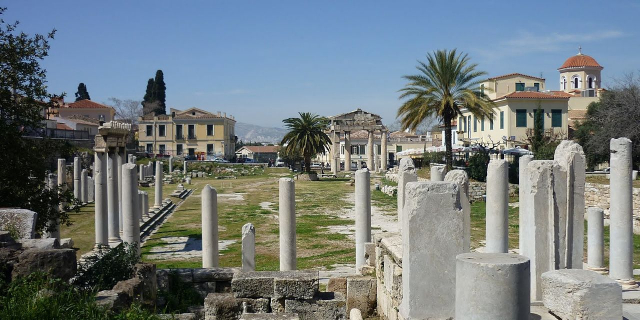




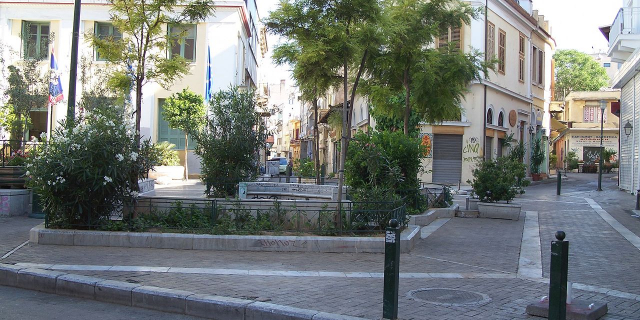
Add new comment